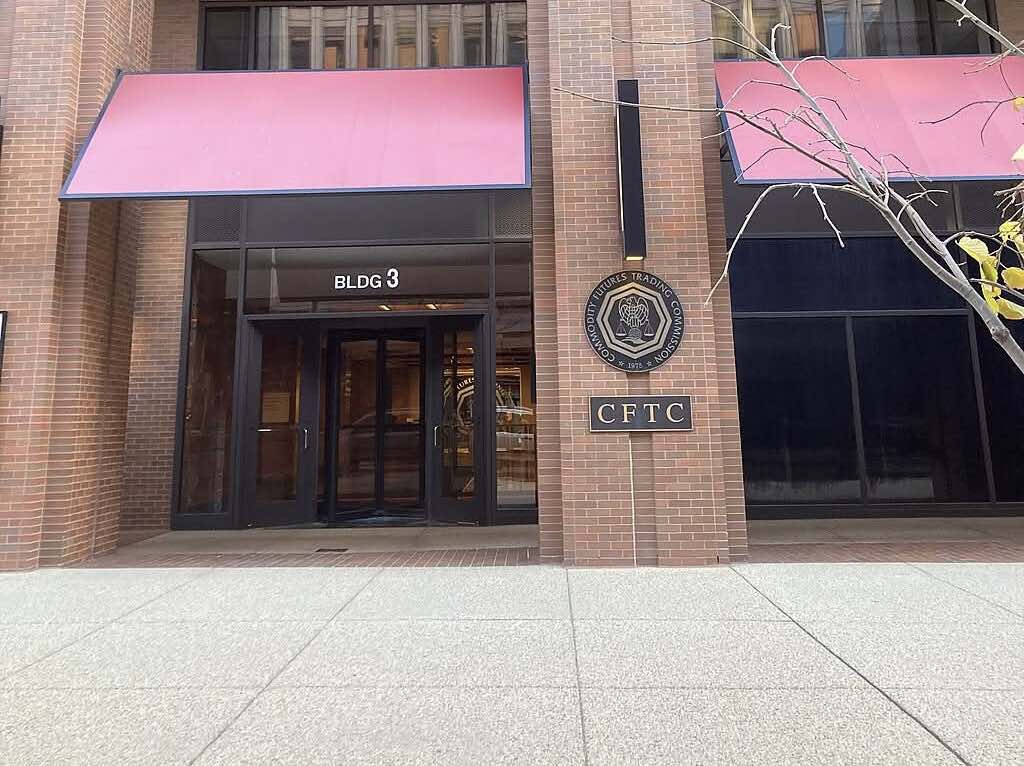In the ever-evolving sphere of cryptocurrency, the infamous lender Celsius Network has unveiled two groundbreaking settlements that will conclude its bankruptcy hearings and facilitate the return of customer assets, according to legal filings submitted on July 20th. The bankruptcy proceedings that shook the crypto world commenced following Celsius's Chapter 11 declaration in July 2022 amidst a severe market crash triggered by the Terra ecosystem's demise.
These agreements, awaiting appraisal from Justice Martin Glenn in an August 10 session, aim to tackle $78.2 billion worth of unsecured claims. Court-required responses and any objections to the settlements must be delivered by August 3.
The first arrangement deals squarely with the allegations of fraudulent practices and misrepresentation against Celsius's management. The settlement proposes an increase of 5% in customers' recoveries, granting account holders the option to opt-out and retain the right to press individual charges against Celsius. A court statement affirms that:
The second settlement seeks to appease those with capital in Celsius's interest-yielding Earn program. Proposed terms permit customers who borrowed cryptocurrency funds to regain a portion of their holdings in crypto assets, complemented by a share in the new company springing from Celsius' bankruptcy.
This breakthrough comes one year after Celsius's former CEO, Alex Mashinsky, found himself under arrest on July 13, 2023, on criminal and civil charges related to fraud and market manipulation. Mashinsky staunchly refuted all accusations.
That same day, the Securities and Exchange Commission took legal action against Mashinsky and additional Celsius executives, alleging their involvement in an illicit fundraising campaign of "billions of dollars" through fraudulent and unregistered crypto asset securities offerings. The Federal Trade Commission filed a civil case against the former CEO and slapped the platform with $4.7 billion in penalties for allegedly "duping" users and "squandering billions in user deposits."



























Comment 0